Bangladesh’s garment industry, which has been central to the country’s economic growth over the past four decades, faces new uncertainty amid potential U.S. tariff increases. The sector, which employs millions and constitutes nearly 85 percent of Bangladesh’s exports, may be significantly impacted by recently announced trade measures.
Last month, the United States introduced a new 37 percent tariff on Bangladeshi goods. Although President Trump later paused the implementation following global criticism, concerns remain that the tariffs could be reinstated later this year. Bangladesh depends heavily on export revenues to fund essential imports such as fuel and food, making the tariff situation particularly critical for its economic stability.
At 4A Yarn Dyeing, a garment factory in the industrial hub of Savar, workers recently began new jobs with cautious optimism. Murshida Akhtar, a 25-year-old migrant worker from northern Bangladesh, expressed both hope for improved working conditions and concern about the possible reduction in orders resulting from trade tensions.
“My worry is that orders will be reduced,” Ms. Akhtar said. She recently transitioned to 4A Yarn Dyeing for slightly higher wages and a better working environment.
Bangladesh, with a population of 170 million, has built its economy largely through the success of the garment industry. Incomes have risen, and the country has outpaced neighboring India in some economic indicators. However, the prospect of high tariffs could jeopardize these gains, according to industry analysts.
The interim Bangladeshi government, led by Nobel Peace Prize laureate Muhammad Yunus following the political upheaval last year, has been negotiating for trade relief. Mr. Yunus requested a 90-day suspension of the tariffs and pledged increased imports of American goods to address trade imbalances. Nevertheless, a 10 percent baseline tariff imposed globally remains in effect, with the possibility of higher rates returning.
Economists have warned that new tariffs could significantly disrupt Bangladesh’s growth trajectory. Rashed Al Mahmud Titumir, an economist at the University of Dhaka, described the tariff move as a challenge to Bangladesh’s economic recovery efforts after a difficult year marked by political and financial instability.
Following the political transition, Bangladesh’s central bank and government institutions have worked to stabilize the economy, but external pressures remain. The World Bank recently downgraded its growth projections for Bangladesh, citing potential impacts from global trade policies. The country is also managing demands from the International Monetary Fund to reform subsidies and adjust pricing policies as part of a $4.7 billion loan agreement.
Despite these challenges, Bangladesh’s garment industry has undertaken significant reforms over the past decade, particularly after the 2013 collapse of Rana Plaza. The sector has since improved factory conditions, with hundreds of facilities achieving international certifications such as the Leadership in Energy and Environmental Design (LEED) standards.
Factories like 4A Yarn Dyeing have shifted towards higher-value apparel production and emphasized sustainability. The facility, featuring rooftop solar panels and modernized working environments, supplies products to major international brands including Costco and Calvin Klein.
During last year’s political unrest, many businesses faced disruptions. 4A Yarn Dyeing reported an attempted attack on its premises but maintained uninterrupted operations. Company executives emphasized the resilience of the industry and its crucial role in the national economy.
“The whole economy of this country depends on this sector,” said Mohammad Monower Hossain, head of sustainability at 4A Yarn Dyeing. “We have only our labor,” he added, underscoring the industry’s importance to Bangladesh’s economic future.
As the global trade environment evolves, stakeholders in Bangladesh’s garment sector continue to monitor developments closely, preparing for potential shifts in market access and export competitiveness.
Discover in-depth supply chain report news insights at The Supply Chain Report. For international trade tools, see ADAMftd.com.
#USTariffs #BangladeshGarments #TradeTensions #ApparelIndustry #GlobalTrade #ExportChallenges #TextileSector

















